We found a metered parking spot and walked along the waterfront to Frazier Memorial State Pier (named for local leader, James Frazier, who served the community from 1938 to 1964). Normally, Mayflower II (a replica of the original Mayflower) is docked at the pier. Currently, it is in Mystic, CT, undergoing a $12M restoration in preparation for the 400-year anniversary of the pilgrim landing in 2020. It is expected to return to Plymouth in 2019.
We picked up a map of Plymouth that highlights the attractions, many of them within walking distance of the park.
The 11-acre Plymouth Memorial State Park is located along the waterfront and is designed around Plymouth Rock.
Although it is the state's smallest park, it is the most visited (approximately 1M people/year). The rock was a large glacial boulder deposited in the harbor that has continued to be worn down by the ocean and weather for tens of thousands of years.
To find the famous rock, just look for the large granite portico along the waterfront. Others had told me that the rock itself is a bit underwhelming (as it is smaller than I had imagined). Nonetheless, it was on my bucket list! The date, 1620, is engraved on the rock.
Through oral history, it is believed to be the spot where William Bradford and the Mayflower Pilgrims disembarked after their 66-day journey across the Atlantic. William Bradford (born in England in 1590/died here in 1657) was the governor and historian of the Plymouth Colony.
Walking along the shore, we had fun checking out the boats at the marinas.
We walked up Leyden Street, the site of the original settlement of the Pilgrims. Formerly called First Street, the name was changed in honor of the the city in Netherlands that offered refuge to the Pilgrims. Many of the homes (now private residences) have plagues that describe the buildings originally built here.
The Government House of the Colony was situated at this site until 1749 when this building was erected. Today it is a small museum with some antique items on display.
Below is an 1820 Hearse and hand-drawn suction pumper (pulled by 18-20 volunteers) that had a 700' hose.
The sugar jars (c 1750) were found during an archeological dig at Parting Ways Settlement. The community was one of the earliest African American settlements of free men in America. Four black revolutionary war veterans were granted 94 acres of land.
At the of top of the hill on Leyden Street is the location of the First Pilgrim Church in 1620. This is the 5th meeting house erected on the site which has been in continuous use as a place of worship since the Pilgrims.
Next to the church is Burial Hill, established in 1637 and the second burial place in Plymouth. Many historic grave sites can be found here. The wooden grave markers have not survived, but the oldest stone marker dates to 1681 (Edward Gray).
On Cole's Hill is a granite sarcophagus was erected by the General Society of Mayflower Descendants. It contains skeletal remains that were accidentally disinterred on the hill in the 18th and 19th centuries. Of the 102 Pilgrims that landed in Plymouth, 52 died the first winter.
This statue of Massasoit is also located on Cole's Hill. He was a great leader of the Wampanoags and prevented the failure of the Plymouth Colony during the first year the Pilgrims lived here. Peace was maintained through his leadership between the local Native Americans and the settlers until his death in 1662. A nearby plaque commemorates the National Day of Mourning for Native Americans (Thanksgiving). Since 1970 Natives have gathered here to honor their ancestors and the struggles of their people to survive throughout the history of our country.
From Cole's Hill their is a great view of Plymouth Harbor and the granite canopy over Plymouth Rock.
The Pilgrim Mother Fountain is located in a lovely area with flower gardens. The Daughters of the American Revolution had the monument built to honor the memory of the "heroic Women of the Mayflower" in 1920.
We drove the short distance to Jenney Grist Mill, a reproduction of one built here in 1636 (replacing the Stephan Dean Grist Mill built in 1632). The Jenney Mill operated until 1847 when it was destroyed by fire. Today there is a gift shop and restaurant located next to the mill with great views of the water wheel. Tickets can be purchased to see the interior of the grist mill (we did not do this...)
We walked by Jenney Pond enjoying the wildlife here.
There are many other sites to visit in Plymouth including the Wampanoag Homesite, Pilgrim Hall, Plimouth Plantation, and historic homes (1640 Richard Sparrow House, 1653 Alden House, 1667 Howland House, and more). We enjoyed learning more about this historic site.
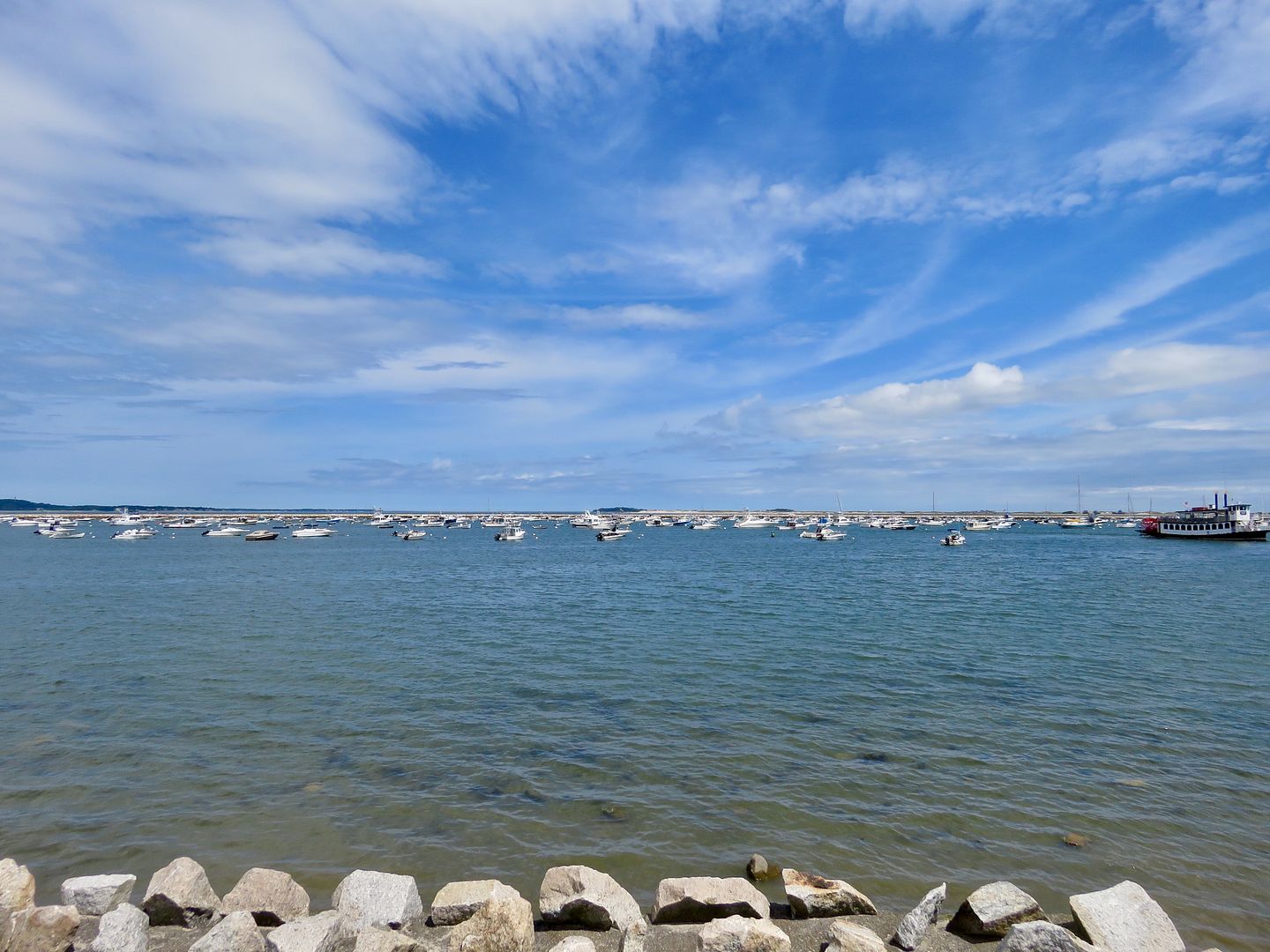
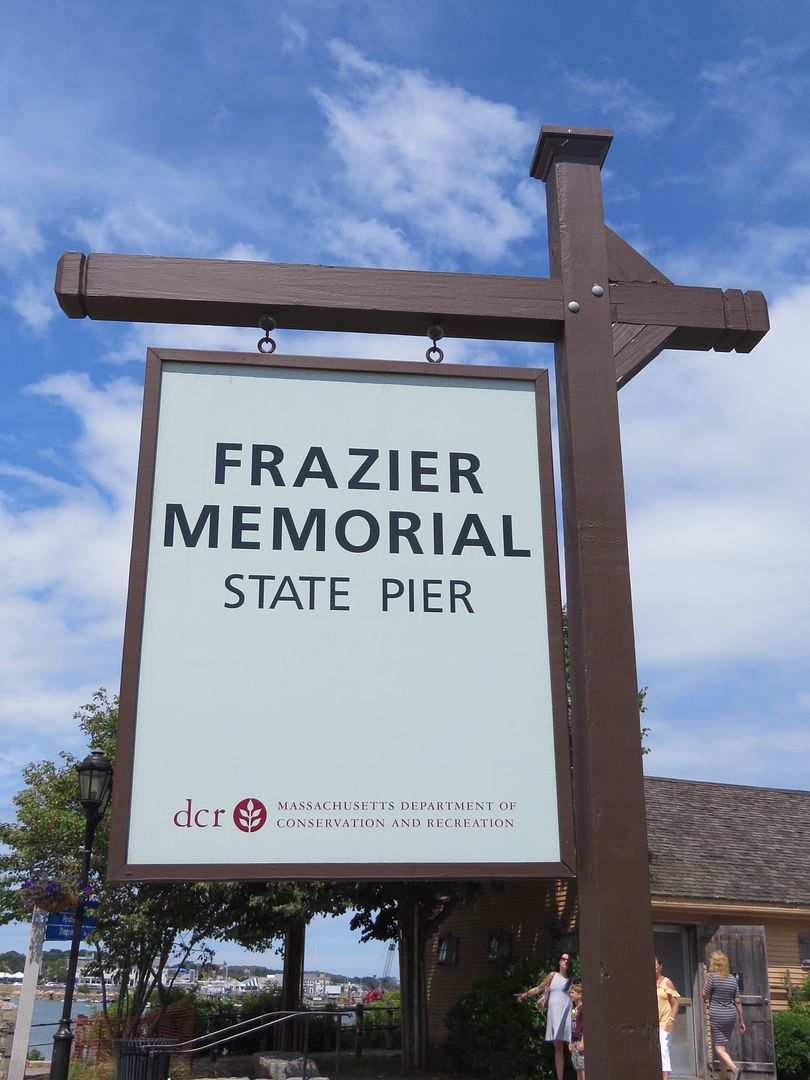
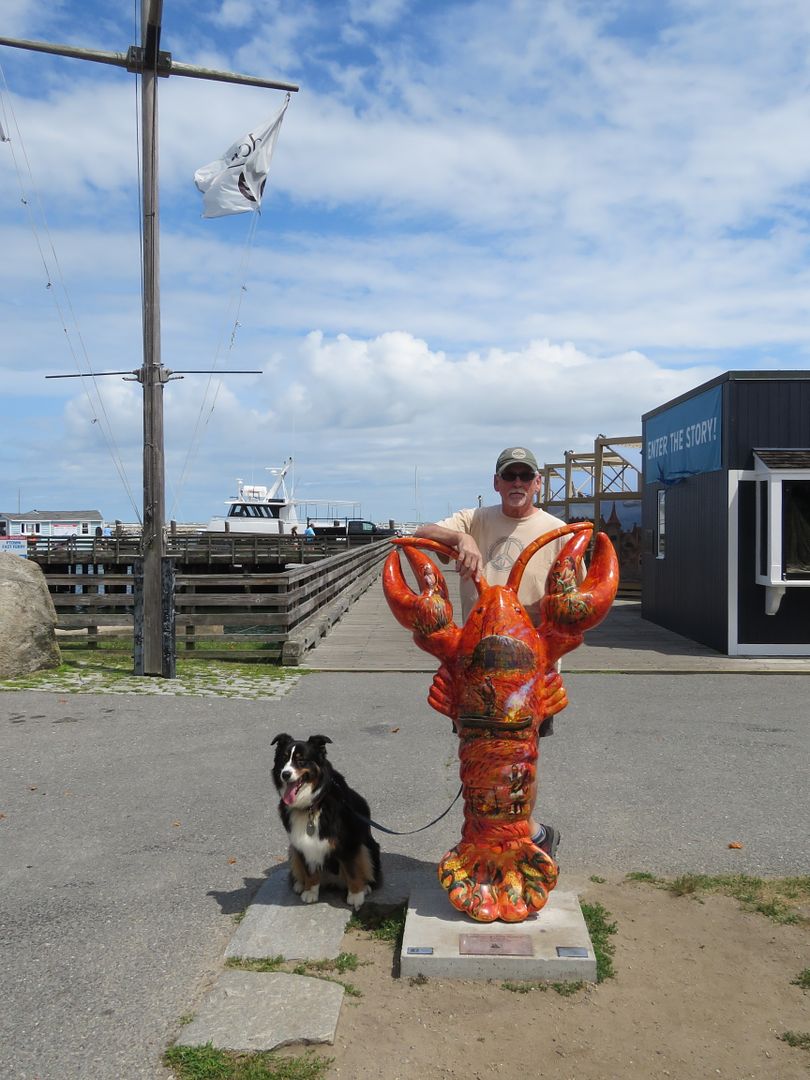

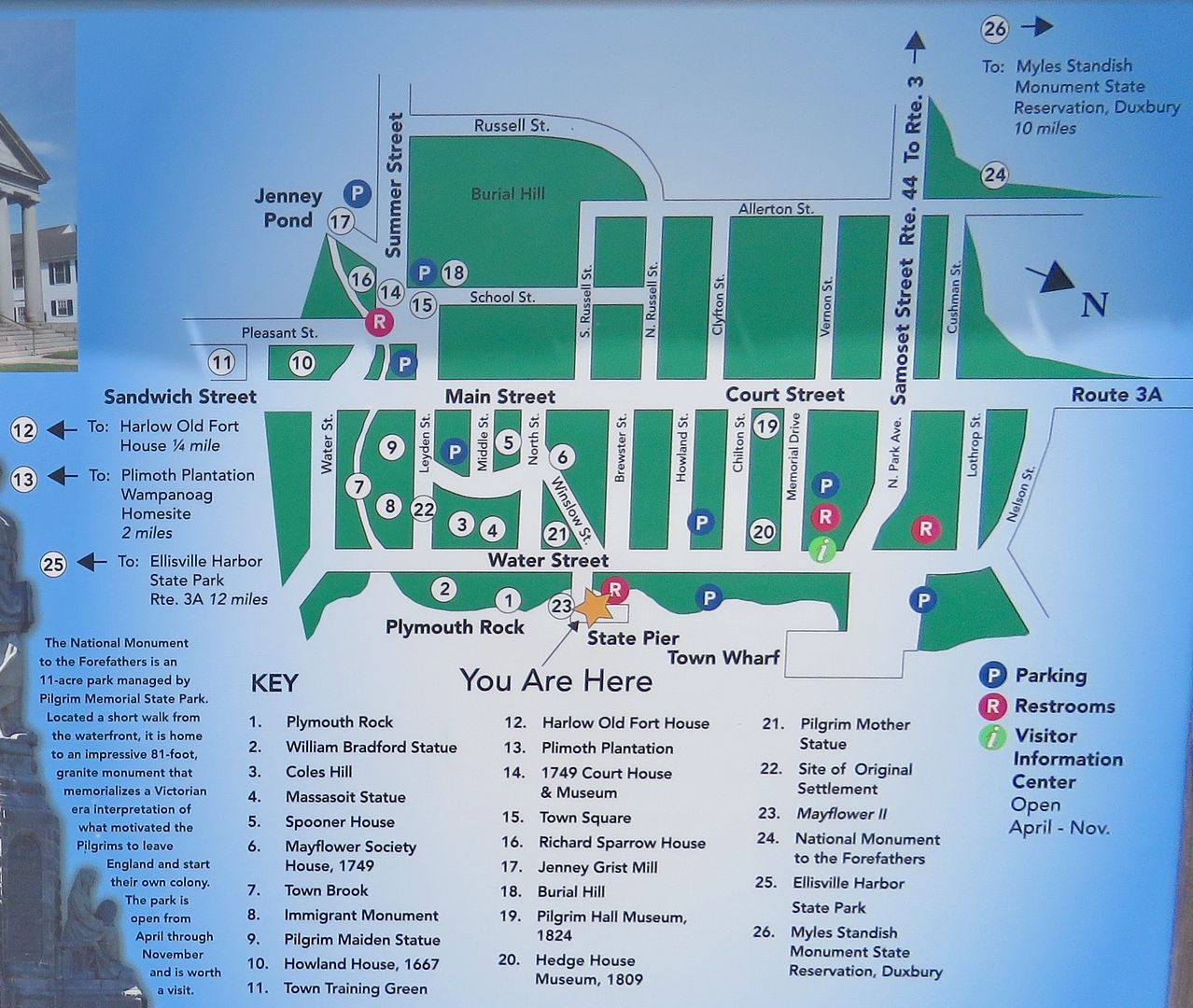
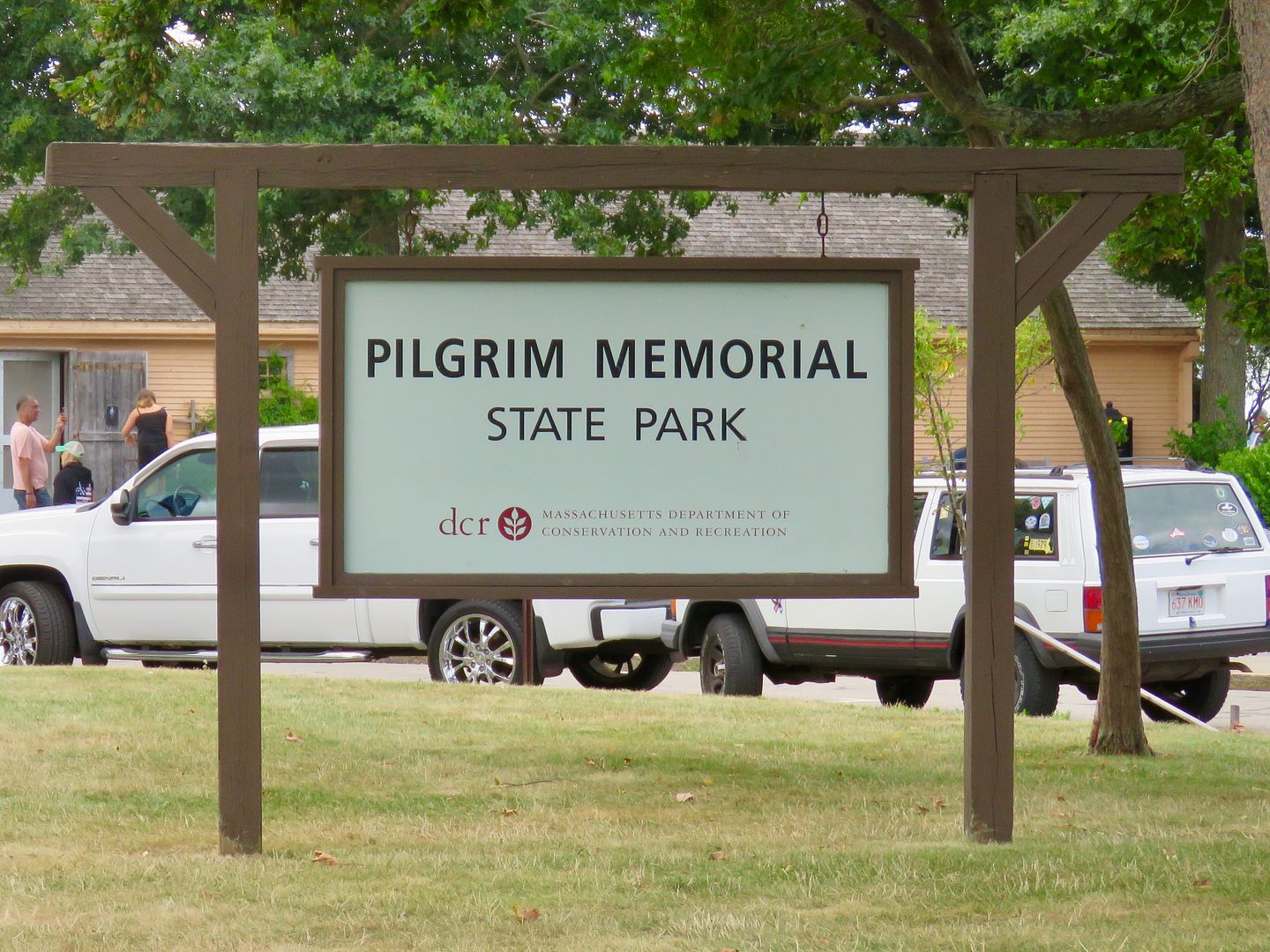
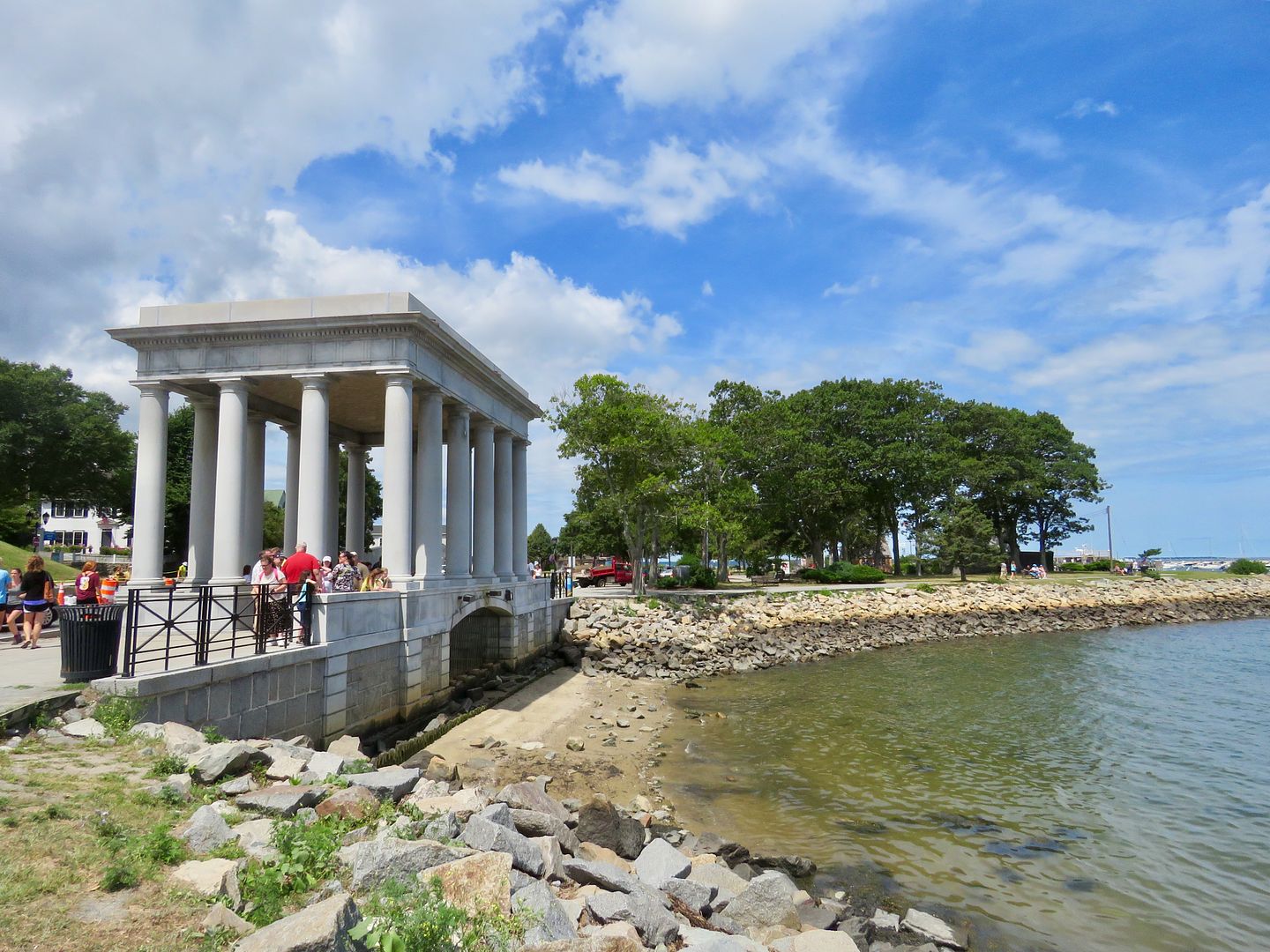
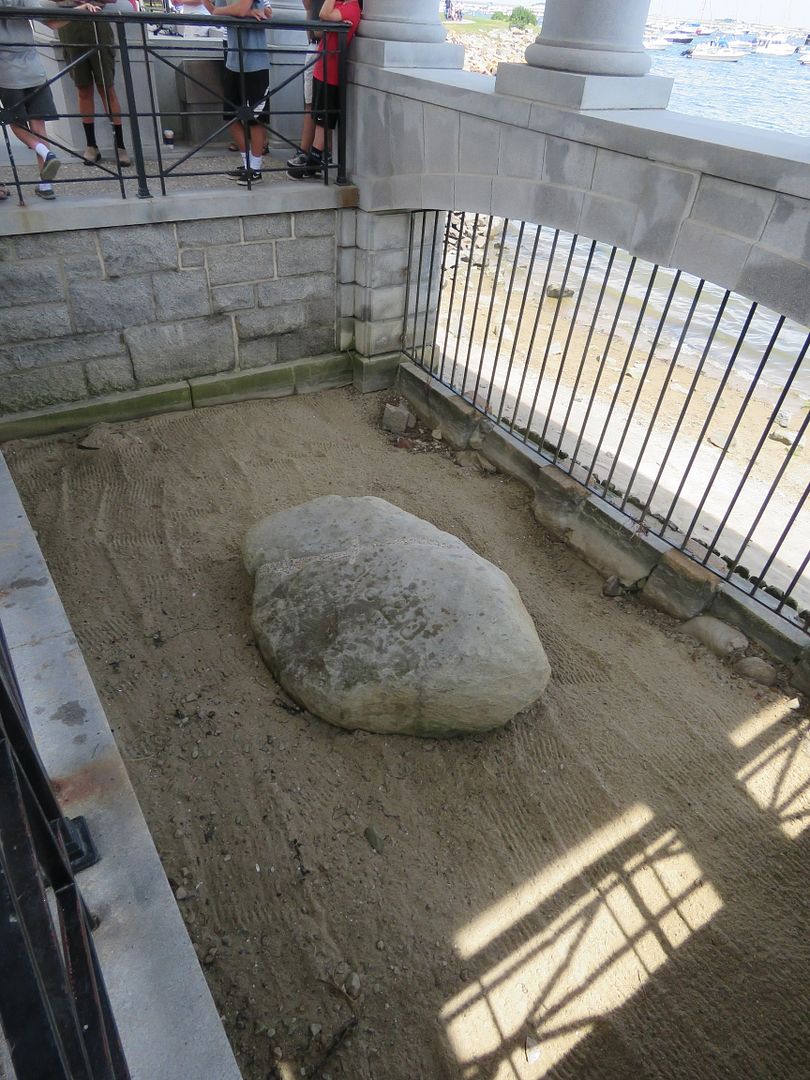
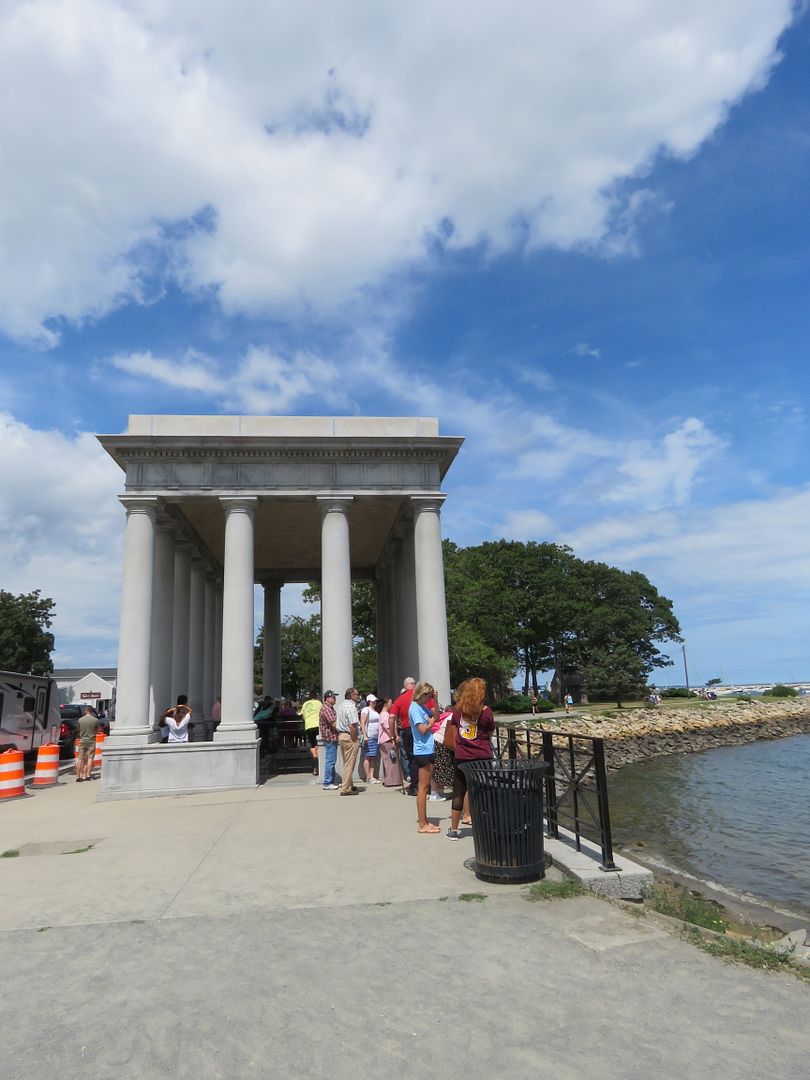


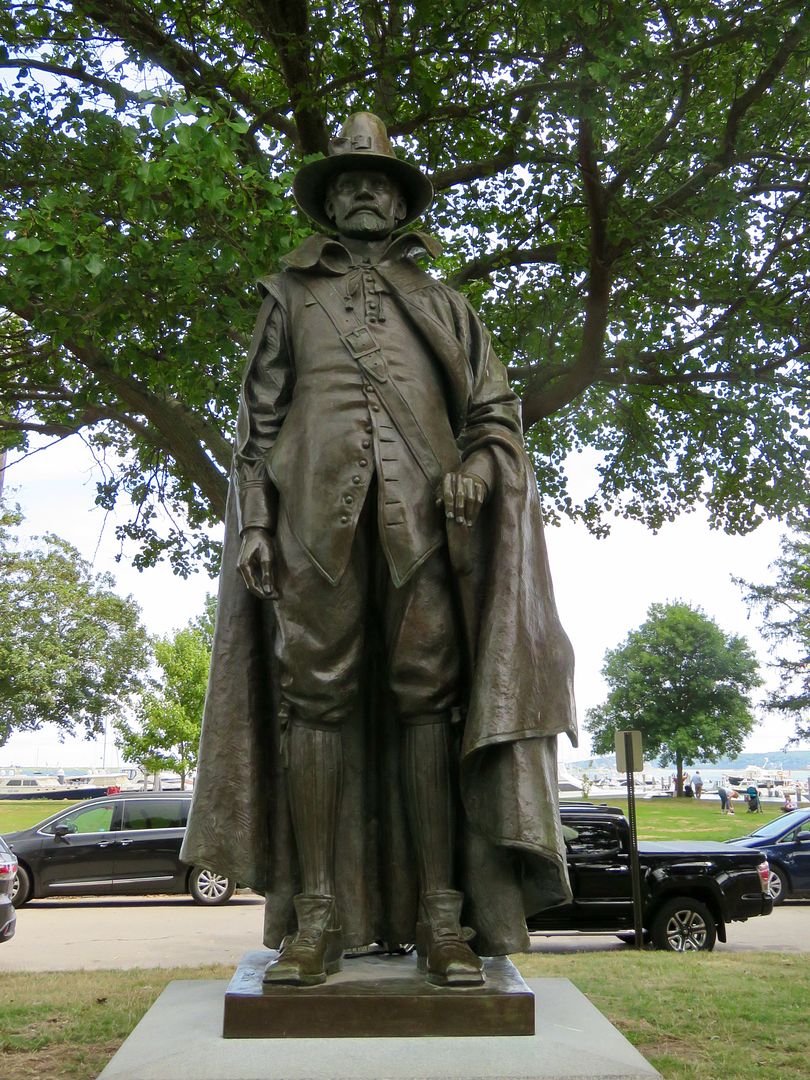
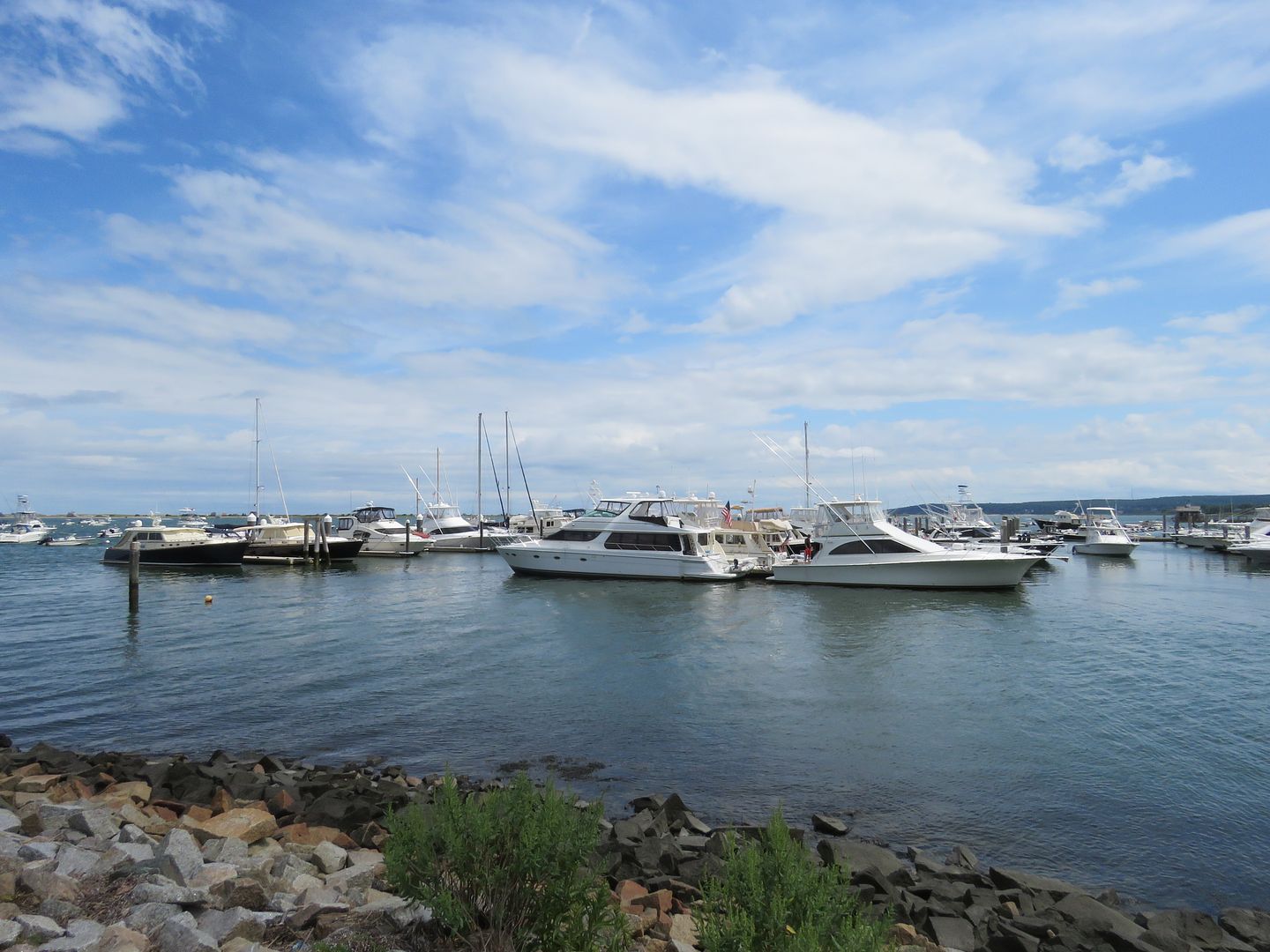
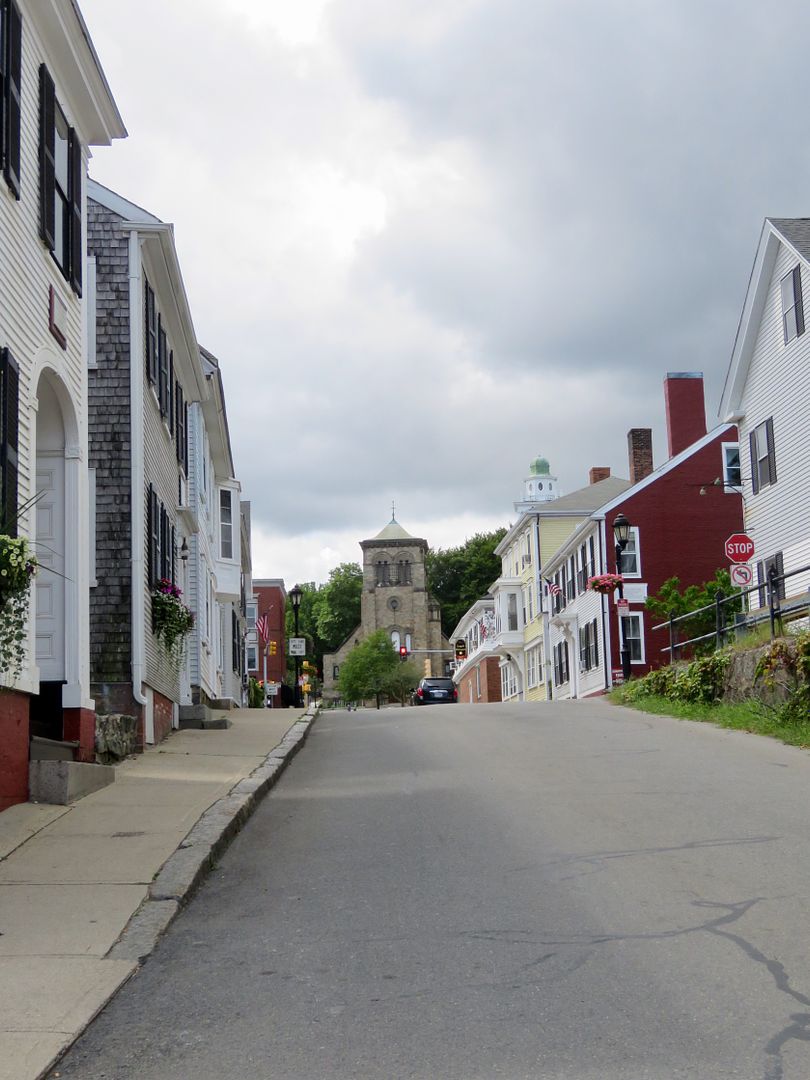
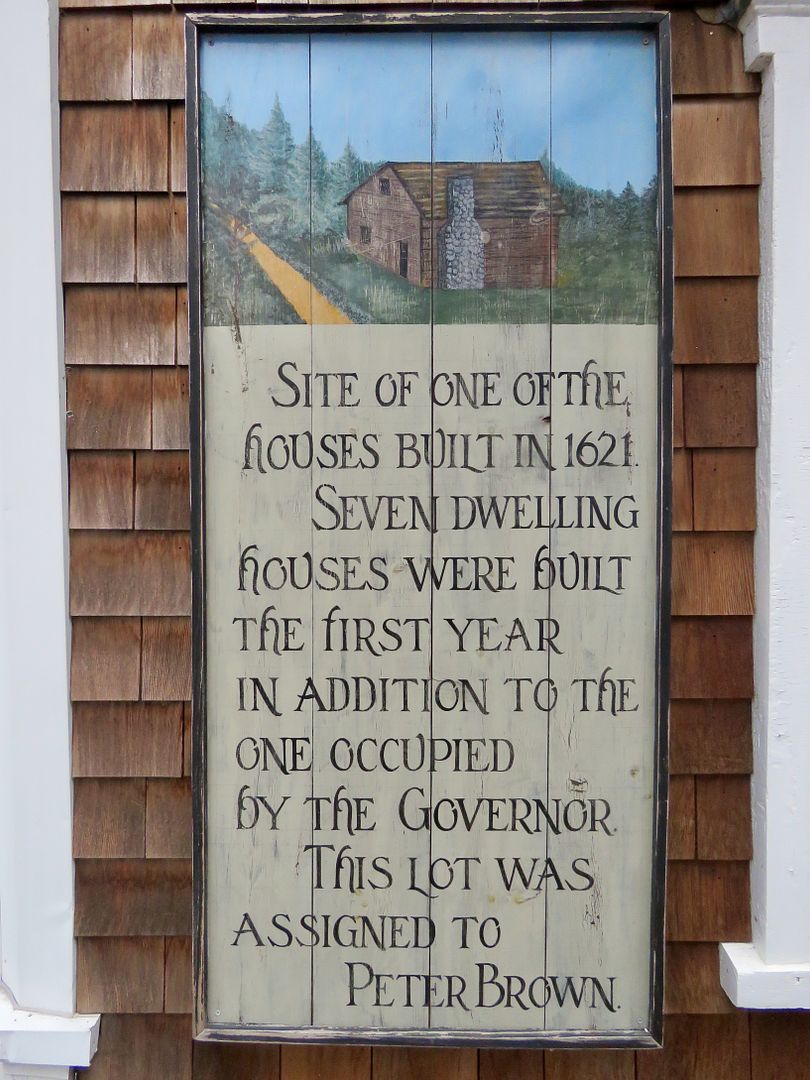

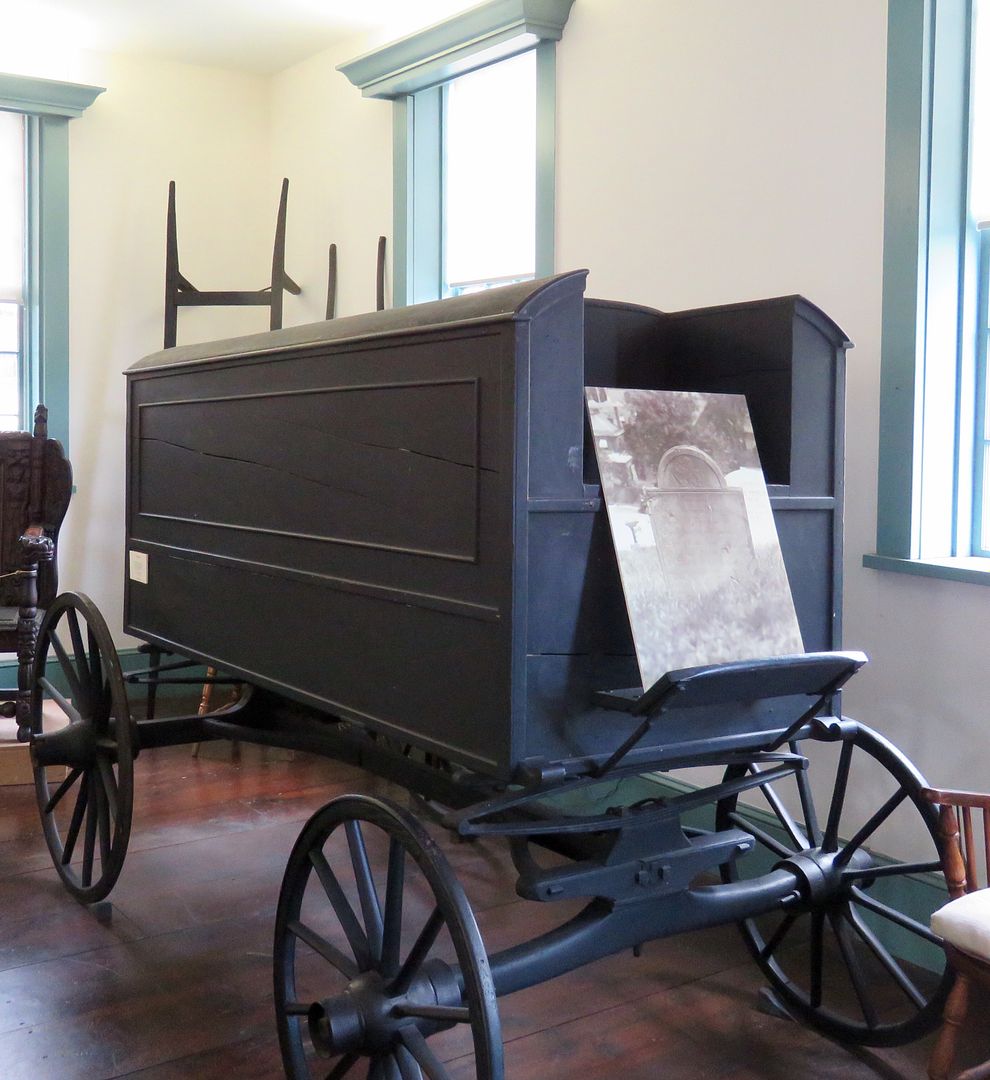
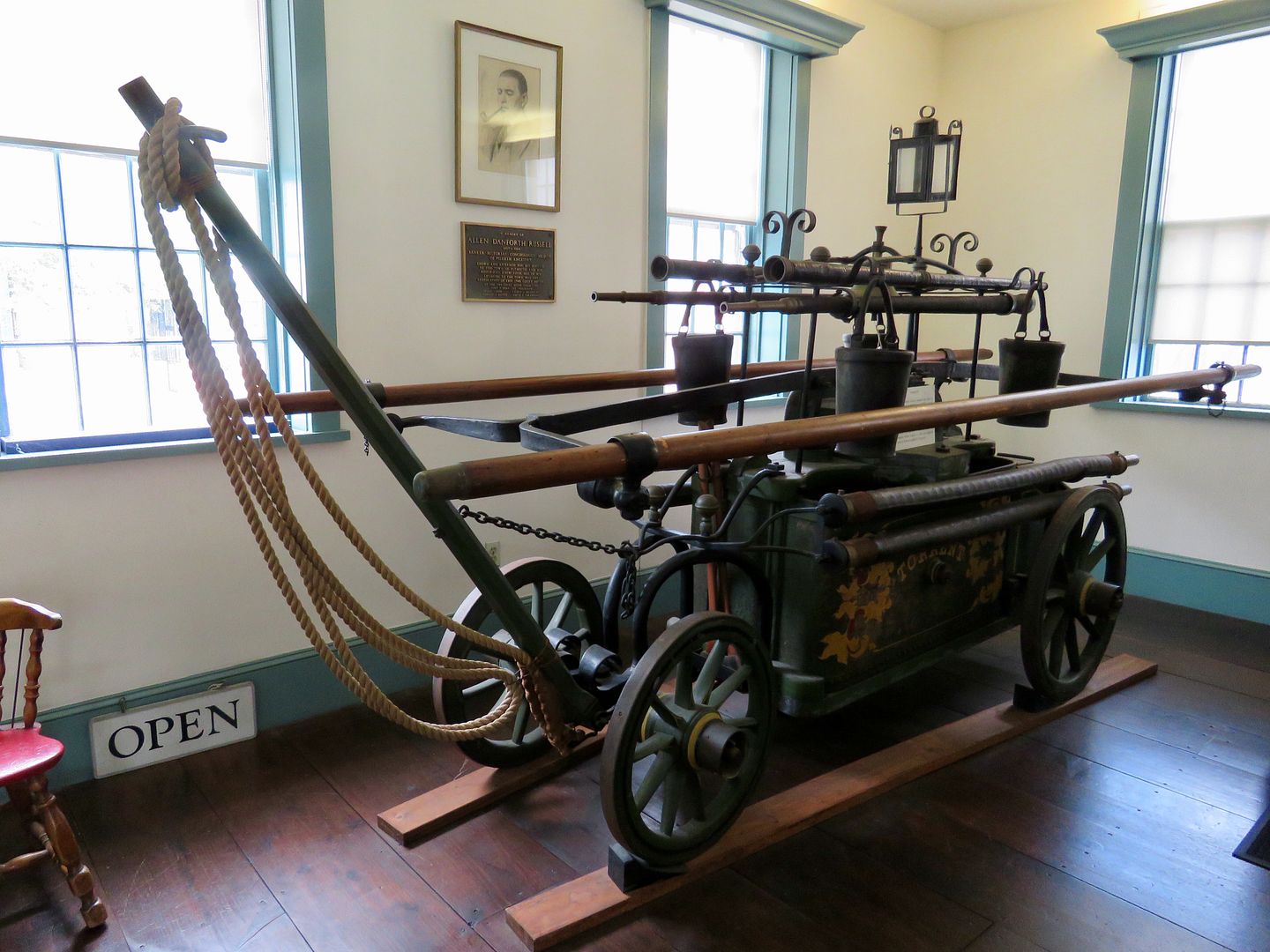
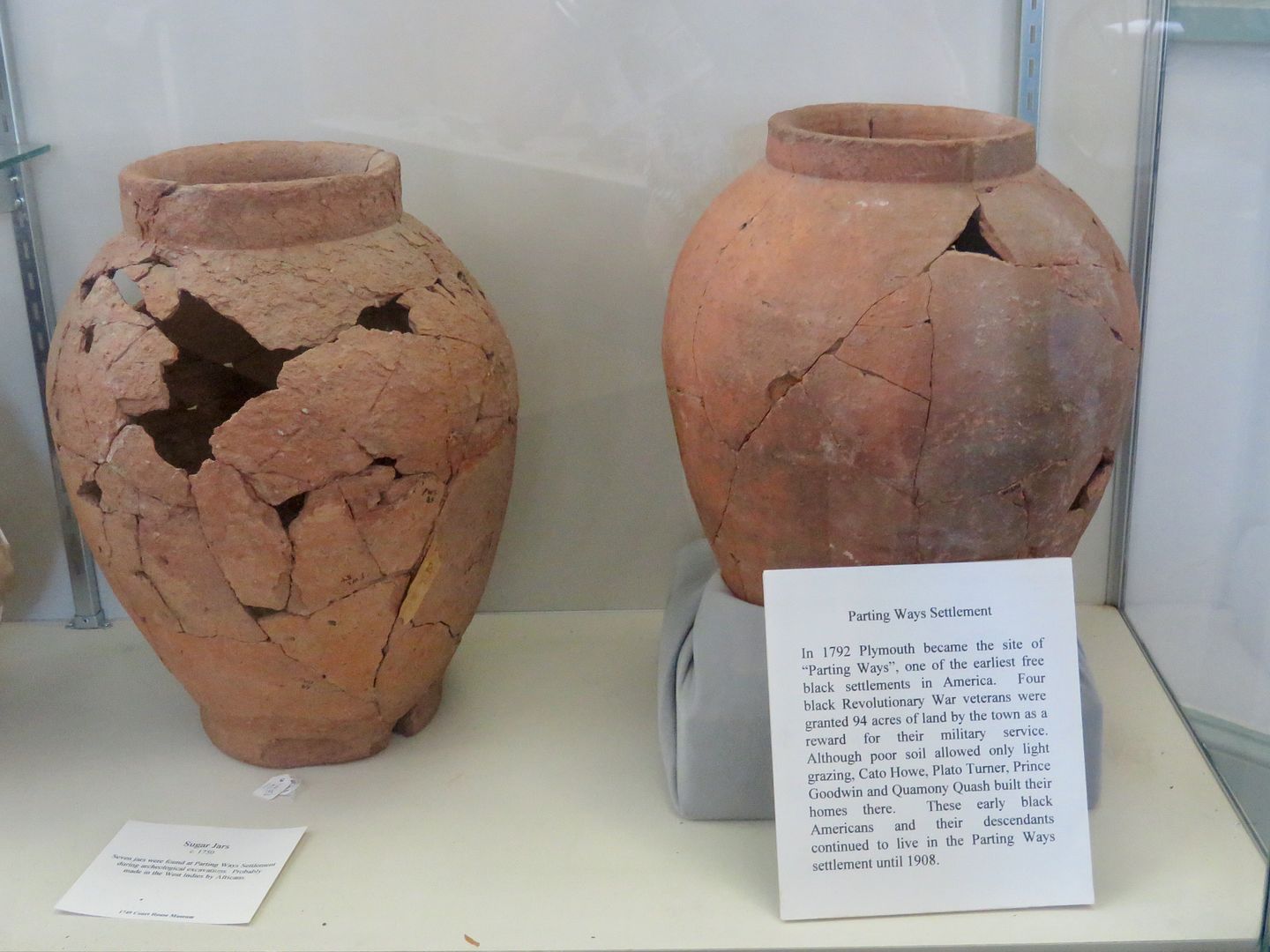
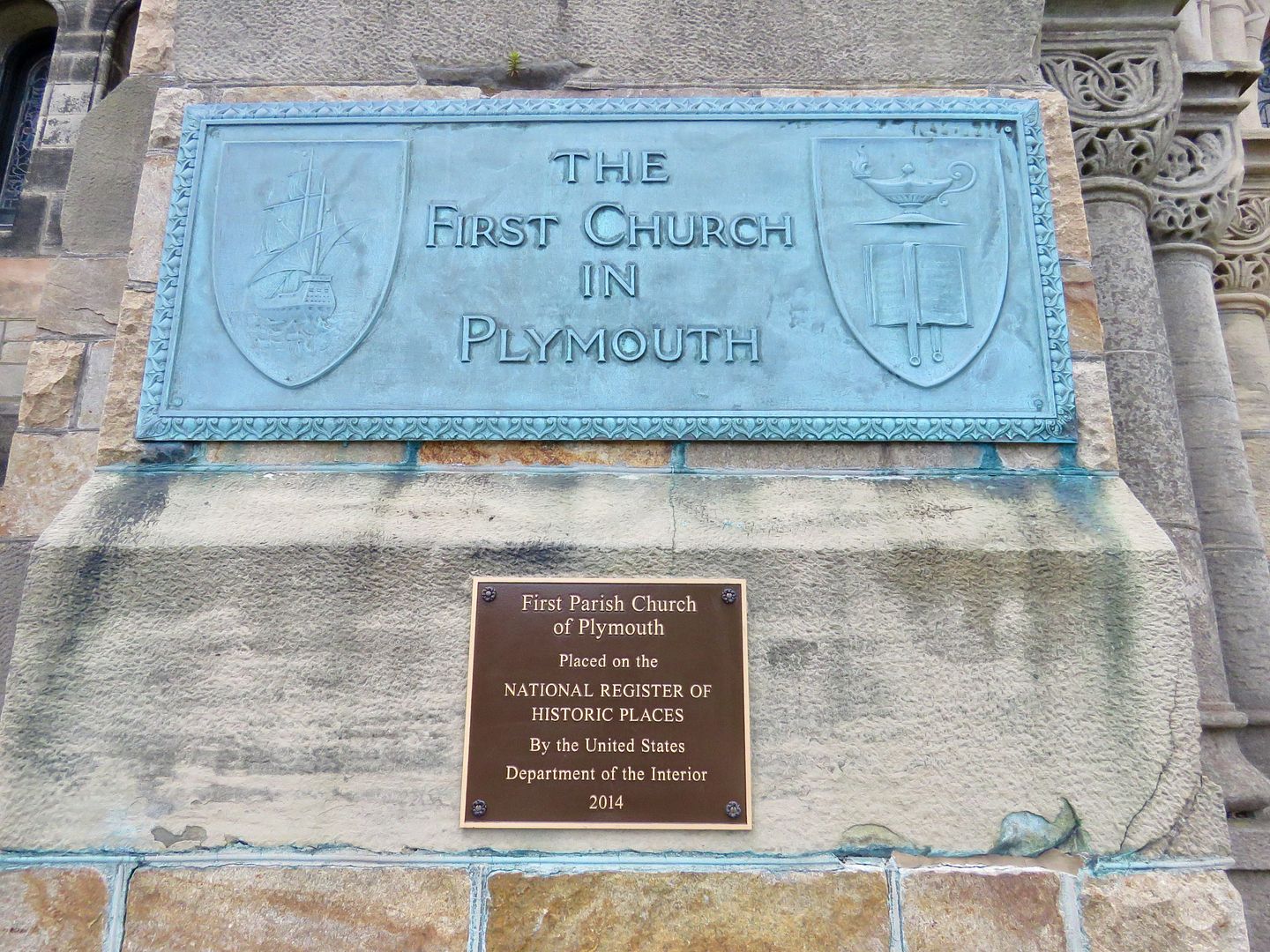
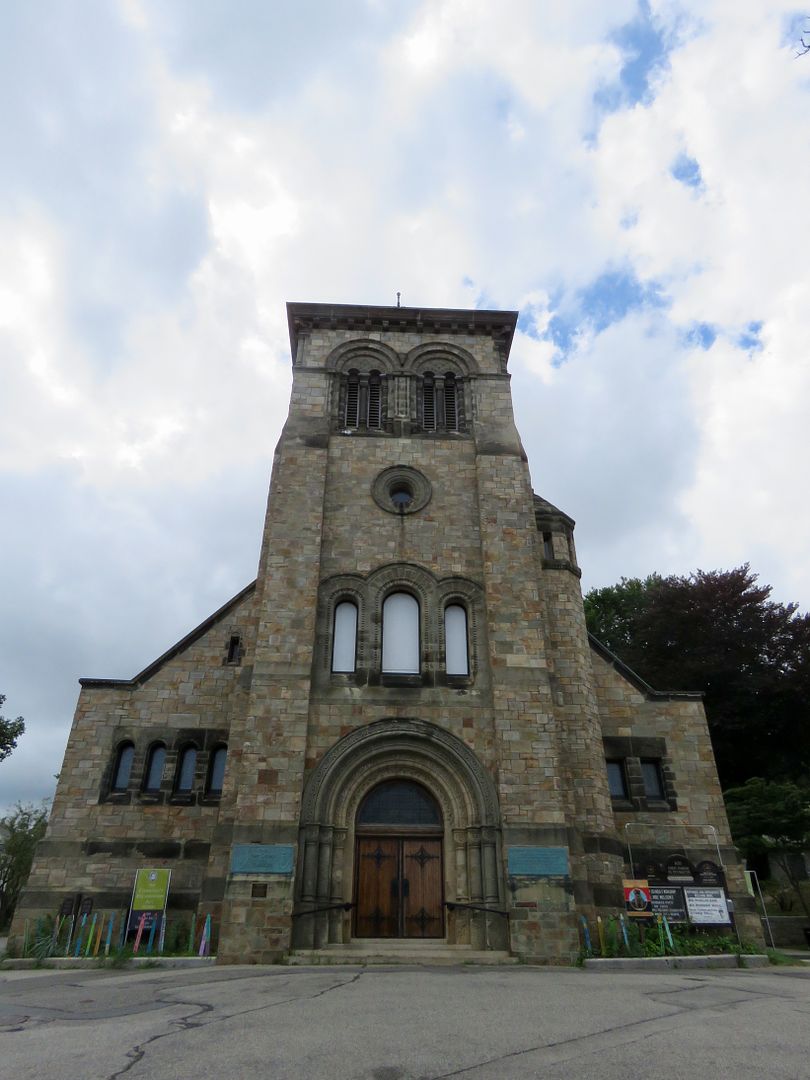

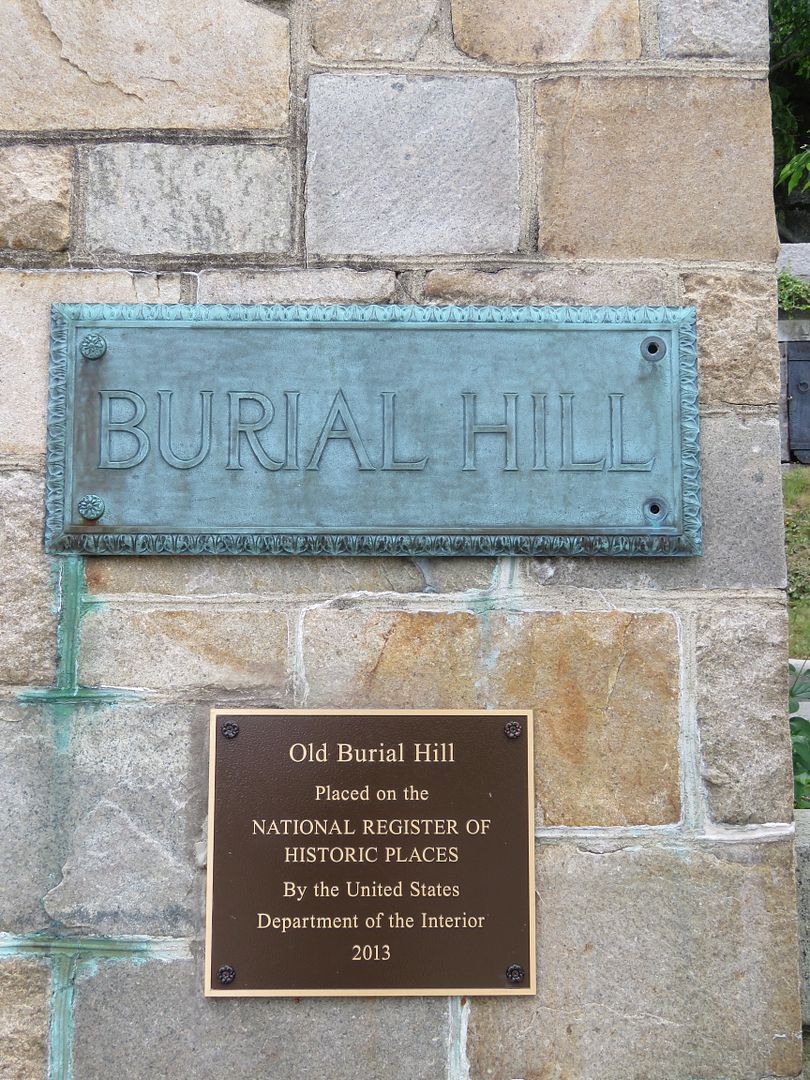
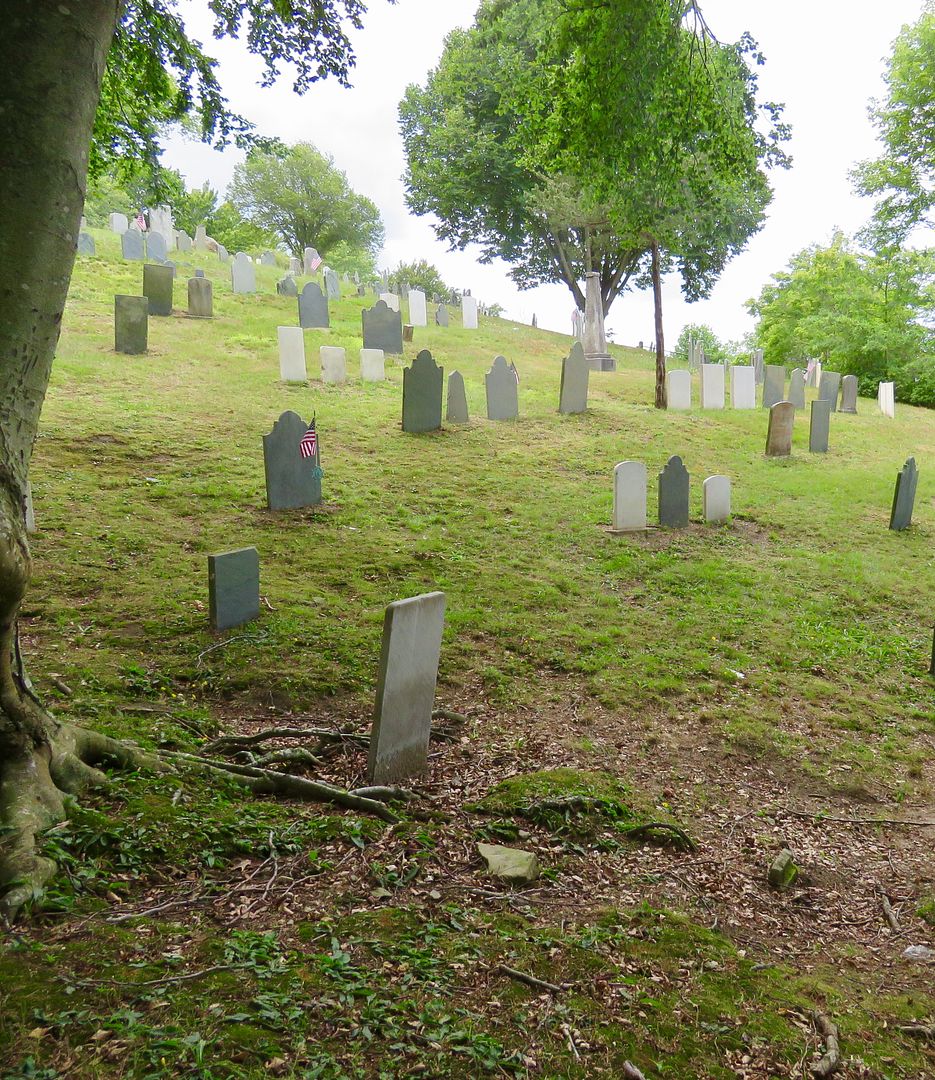
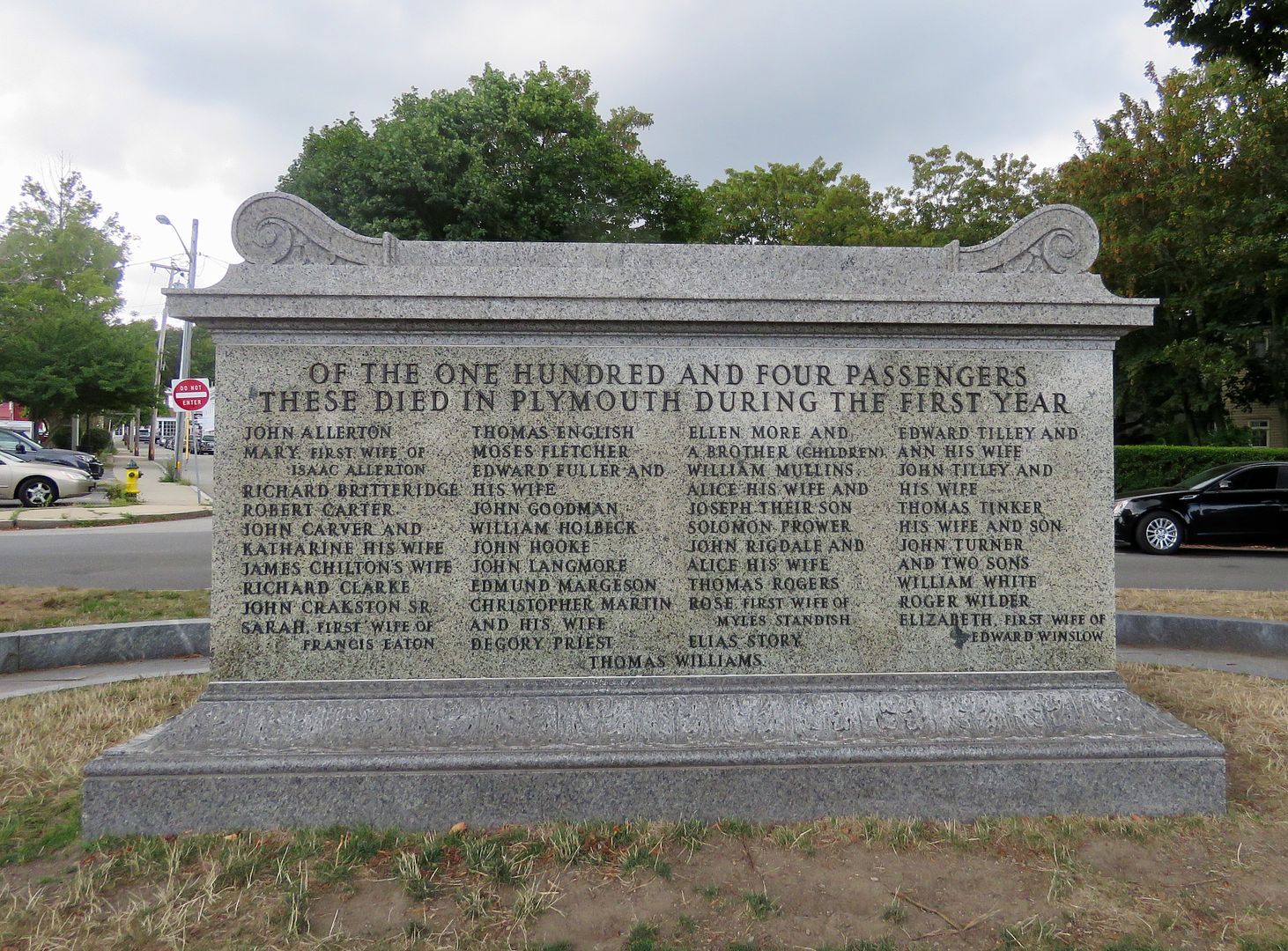
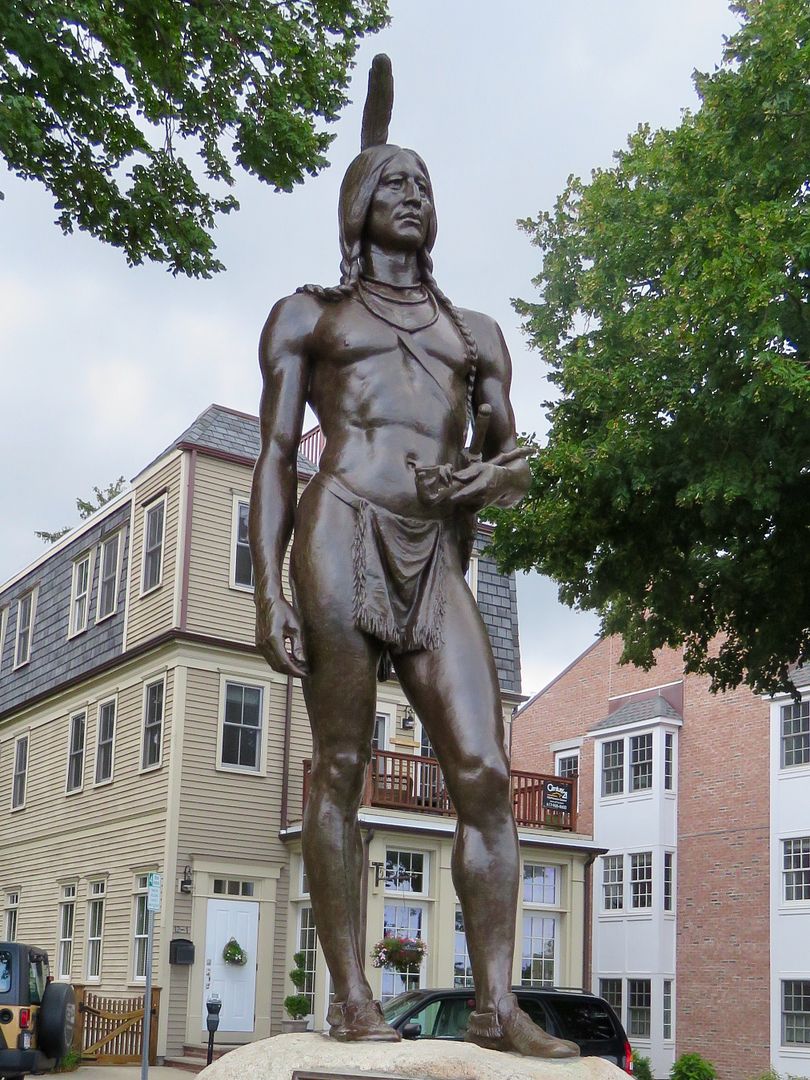

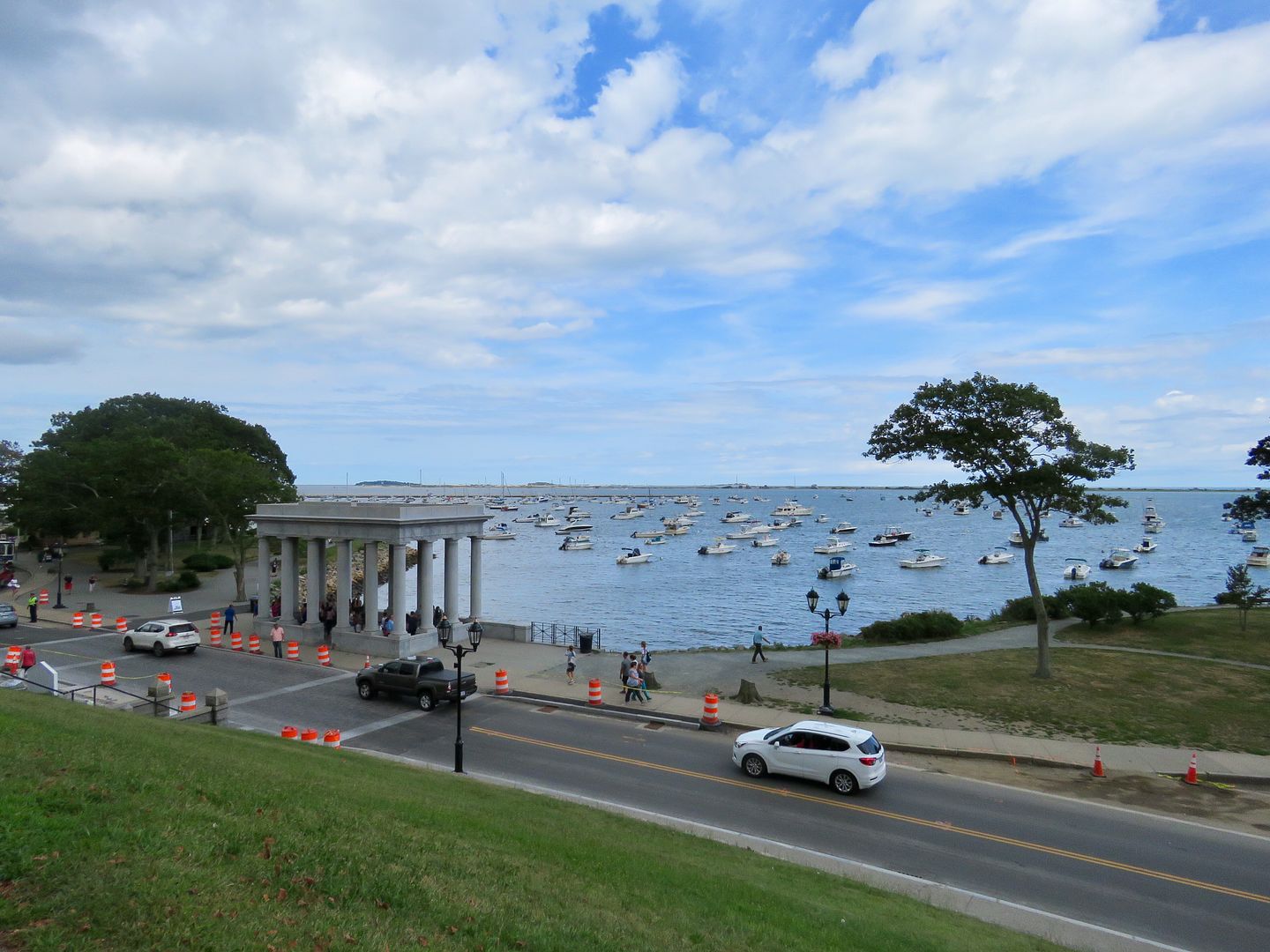
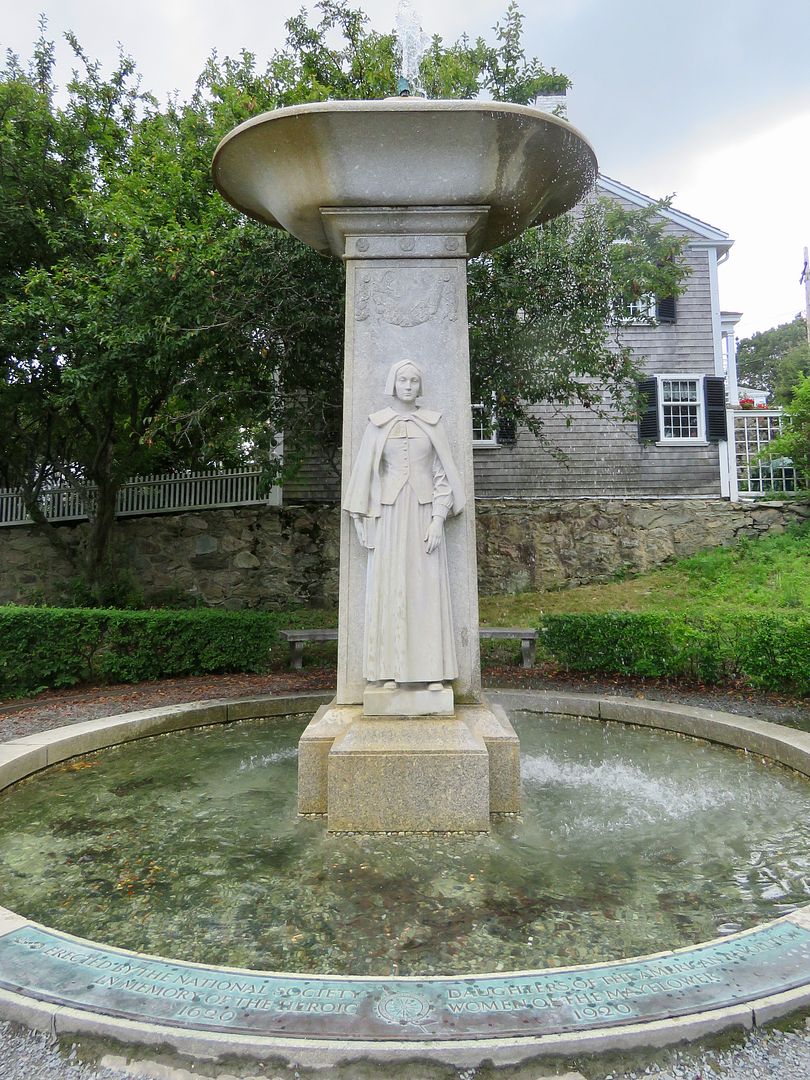

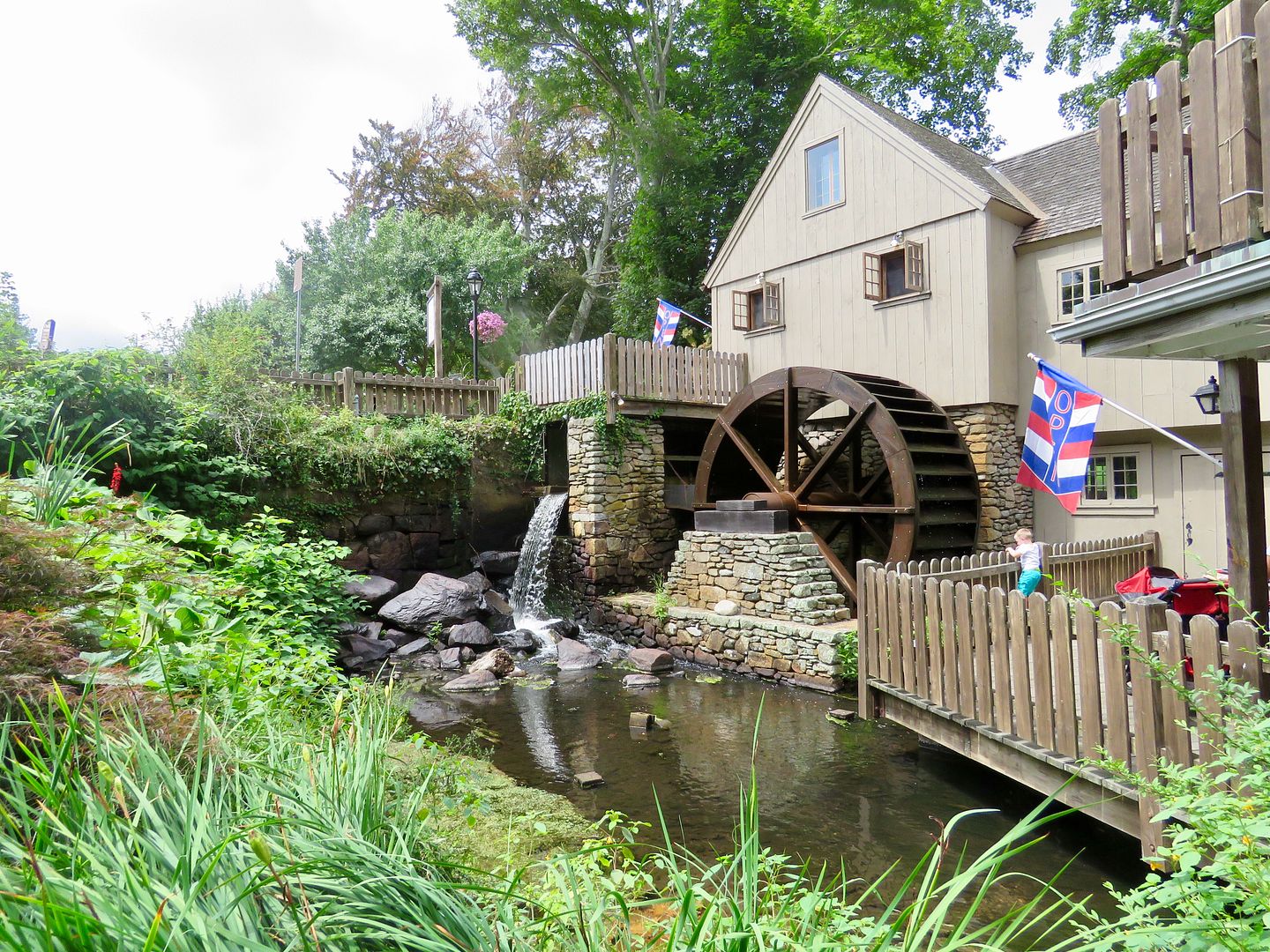




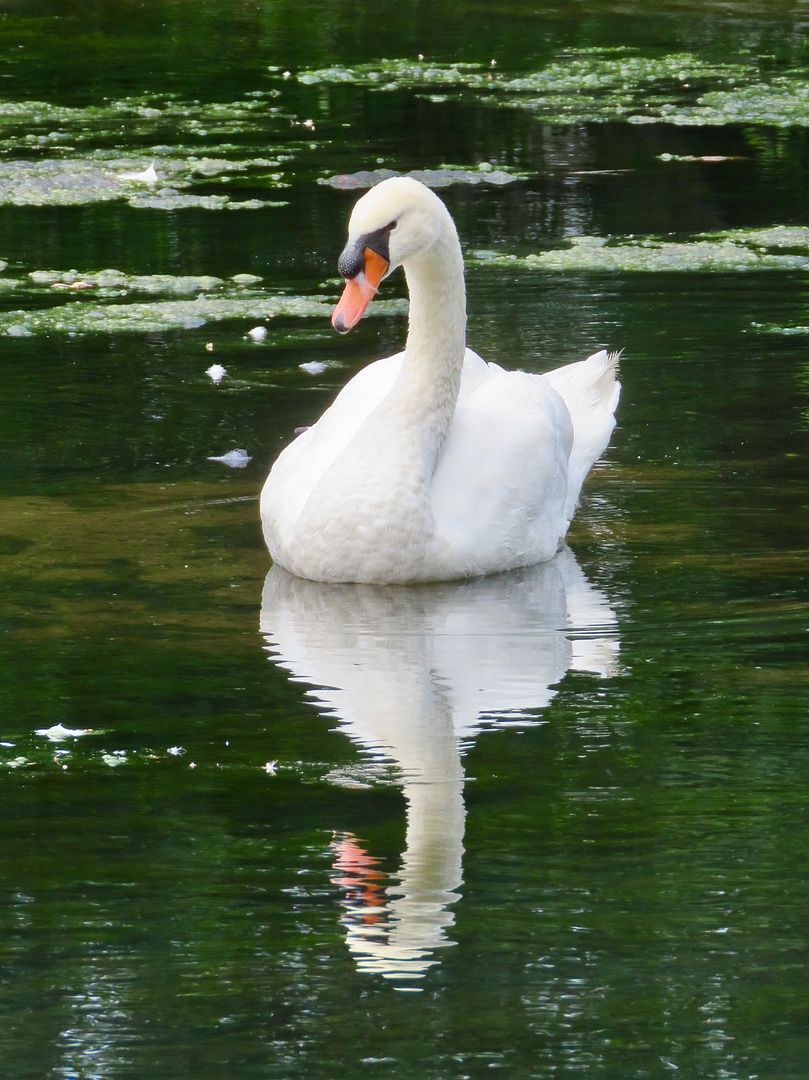

No comments:
Post a Comment